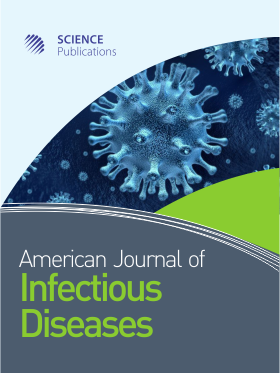Disseminated Fusarium Infections in Patients Receiving Posaconazole Prophylaxis: A Report of 2 Patients and Brief Review of the Literature
- 1 M.D.Roger Williams Medical Center/Boston University School of Medicine, United States
Abstract
Fusarium is a filamentous fungi that has emerged as a frequent cause of invasive infections in immunocompromised patients. Dermatologists often play a critical role in diagnosing fusariosis, as greater than 70% of patients with disseminated infections have cutaneous involvement, and microbiologic evaluation of skin specimens provides the diagnosis in the majority of cases. Second-generation triazoles are typically the most effective medications in treating invasive Fusarium infections, and we discuss the benefits of using these medications, as well as detail the side effects of these therapeutic agents.
DOI: https://doi.org/10.3844/ajidsp.2015.113.116

- 5,849 Views
- 3,813 Downloads
- 1 Citations
Download
Keywords
- Fusarium
- Invasive Fungal Infection
- Posaconazole
- Voriconazole
